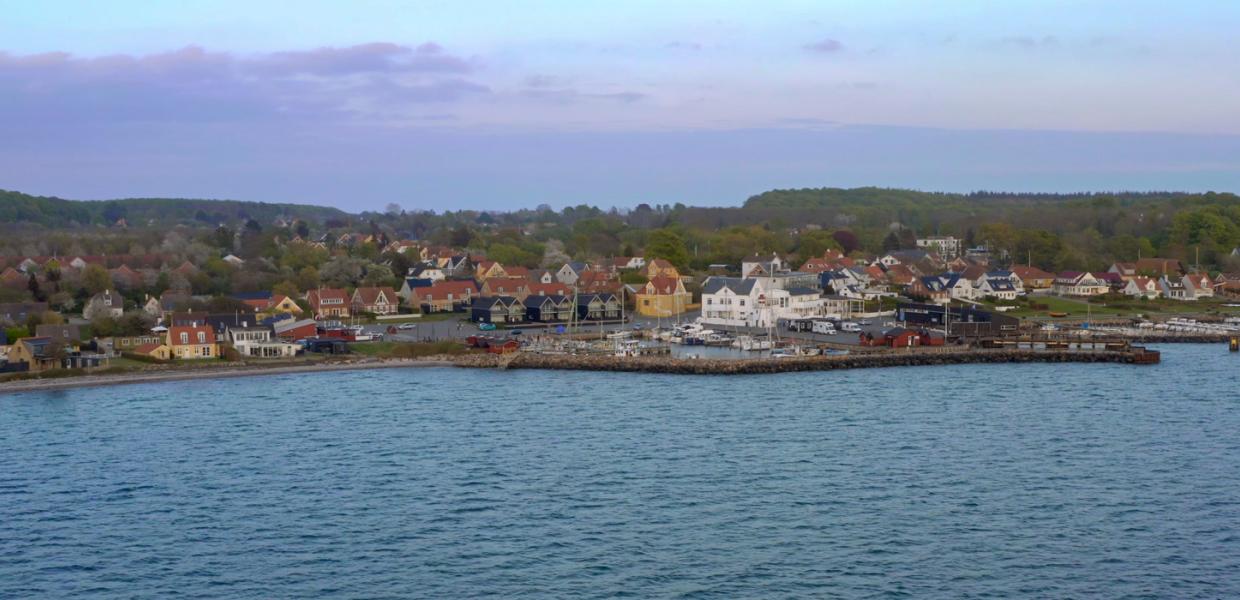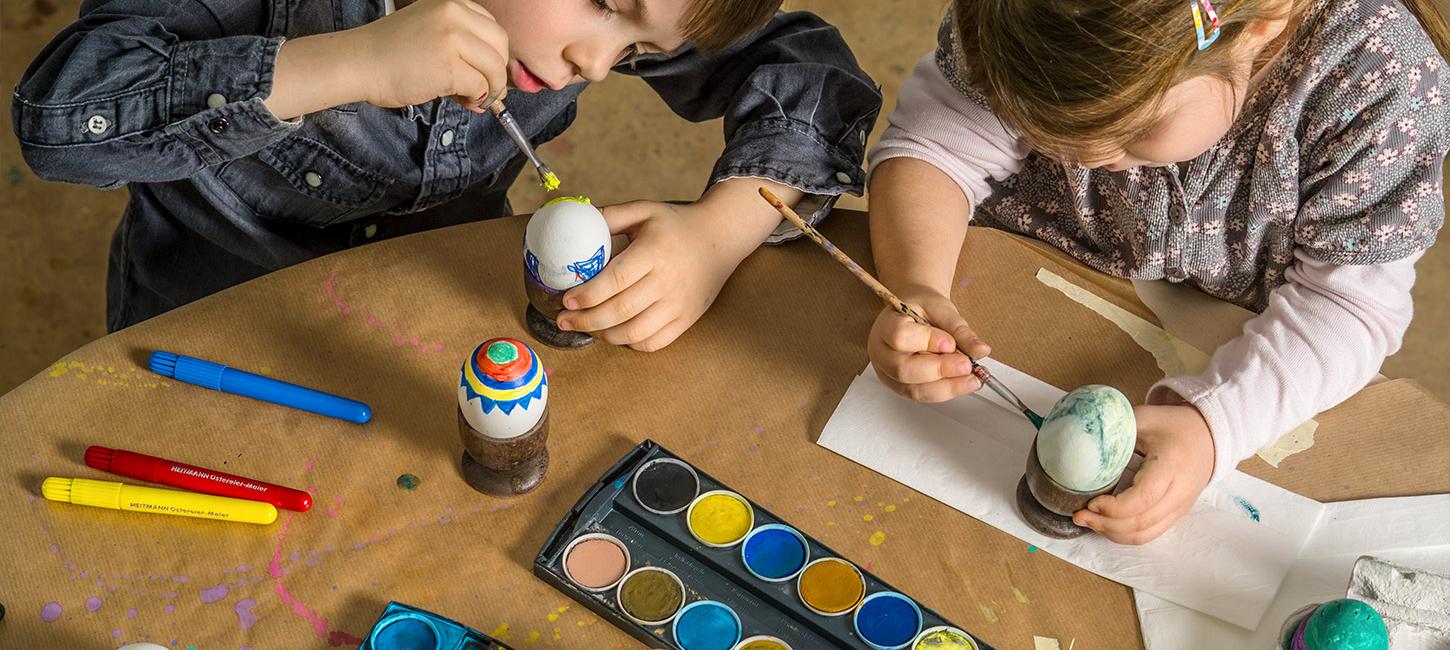
Easter traditions on Langeland
Easter on Langeland is full of cosy Danish traditions that bring the island's residents and visitors together. From egg boiling on the beach to the Easter Bunny hiding eggs in the gardens, old customs live on.
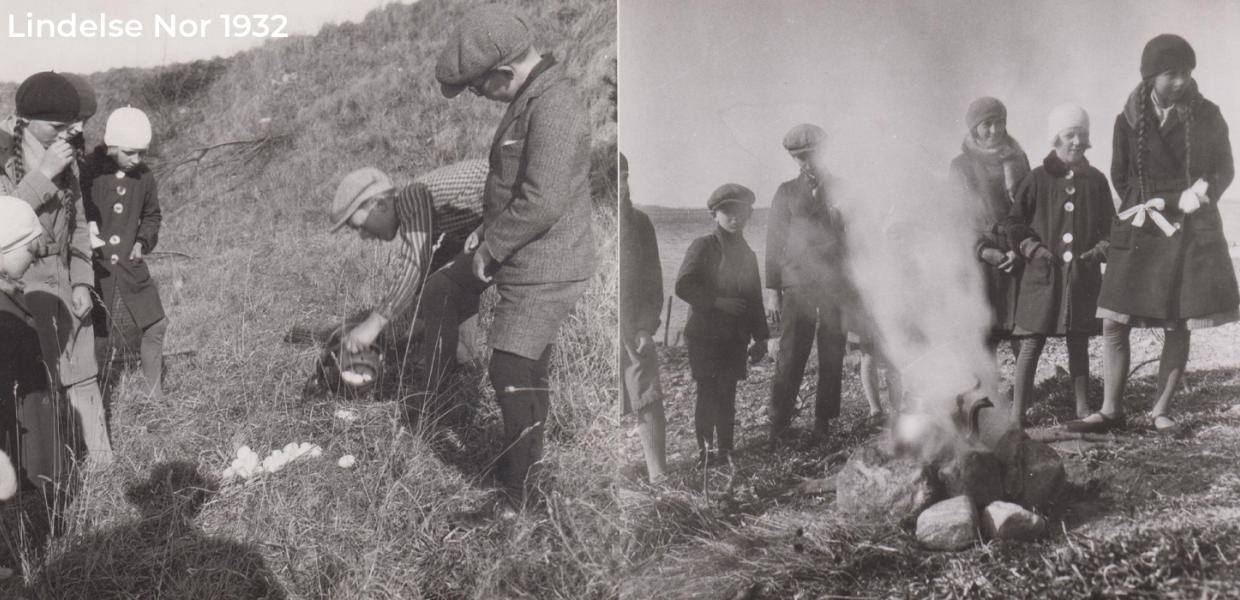
Photo:Langelands Museum
Boiling eggs on the beach
Egg boiling on the beach is a traditional event in South Langeland, where families gather on the coast at Easter to boil eggs over a fire in the sea.
The tradition is thought to be over a hundred years old and is practised in all weathers: people meet on the beach, light a bonfire and boil eggs they have brought with them, which are then eaten together. They often bring sausages and bread, which are toasted over the embers, and an Easter brew or schnapps is toasted with the eggs. Egg boiling on the beach is a social event that brings the community together around Easter - a cosy way to celebrate the arrival of spring by the sea.
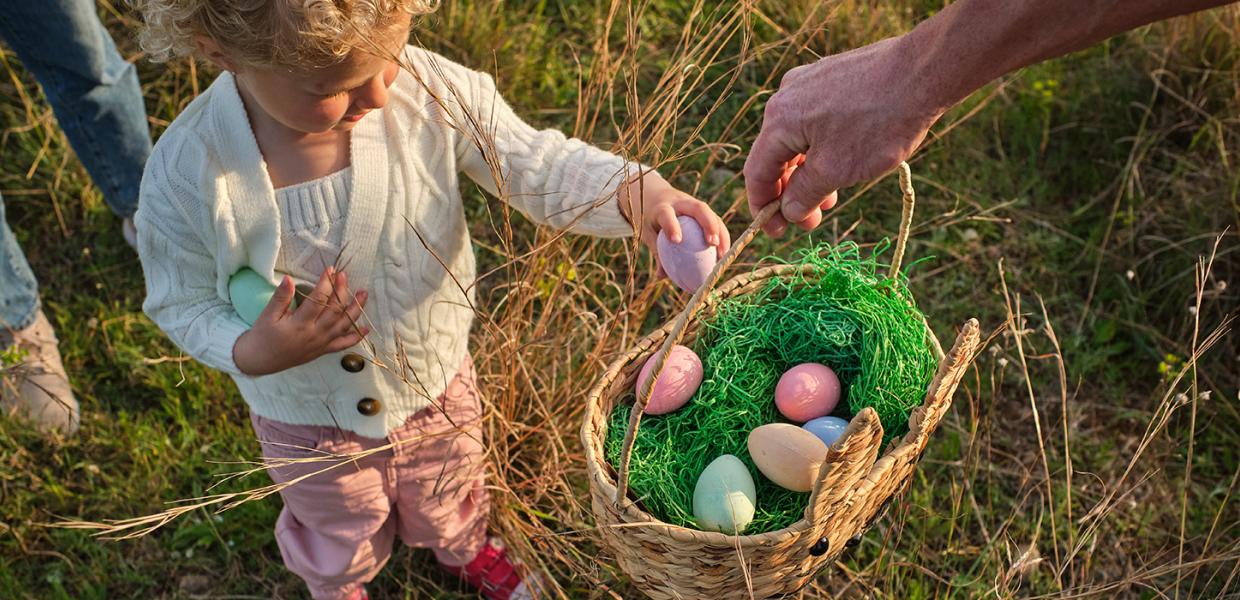
Photo:Addictive Stock Creatives
The Easter Bunny and the Easter eggs
The Easter Bunny travels all over Langeland and hides its eggs in the gardens to the delight of the island's children. The custom was introduced from Germany and has been known on Langeland for over 100 years. In fact, Langeland was one of the first places in Denmark (along with Southern Jutland) to experience the Easter Bunny - even before the 1920s, it was common for the Easter Bunny to come by with coloured eggs
Traditionally, at some point during Easter, the Easter Bunny ‘lays’ brightly coloured eggs in nest-like hiding places around private gardens. Children wake up excited and go on an egg hunt to find the hidden Easter eggs in the lawn, bushes or behind logs. Often these are chocolate eggs or decorated boiled eggs. The Easter Bunny itself never shows itself - tradition has it that as soon as it has delivered its eggs, it jumps shyly away. The custom is alive and well on Langeland, where many families play egg hunt in the garden every year as a regular part of Easter morning.
Photo:Nikolaj Holmøe-Jensen
Easter run in Lohals
Every year on Maundy Thursday, athletes and families gather for the traditional Easter race in Lohals. The race, organised by Bøstrup Idrætsforening, offers scenic routes through forest and along the coast with distances from 2.5 km to 10.8 km. The atmosphere is relaxed and all participants are rewarded with coffee, cake and a cosy atmosphere after the race. Prizes are awarded to the fastest, but everyone has the chance to win in the prize draw. The Easter Run is a festive and popular tradition where locals and visitors alike enjoy exercise, fellowship and a spring atmosphere in the beautiful surroundings of North Langeland.
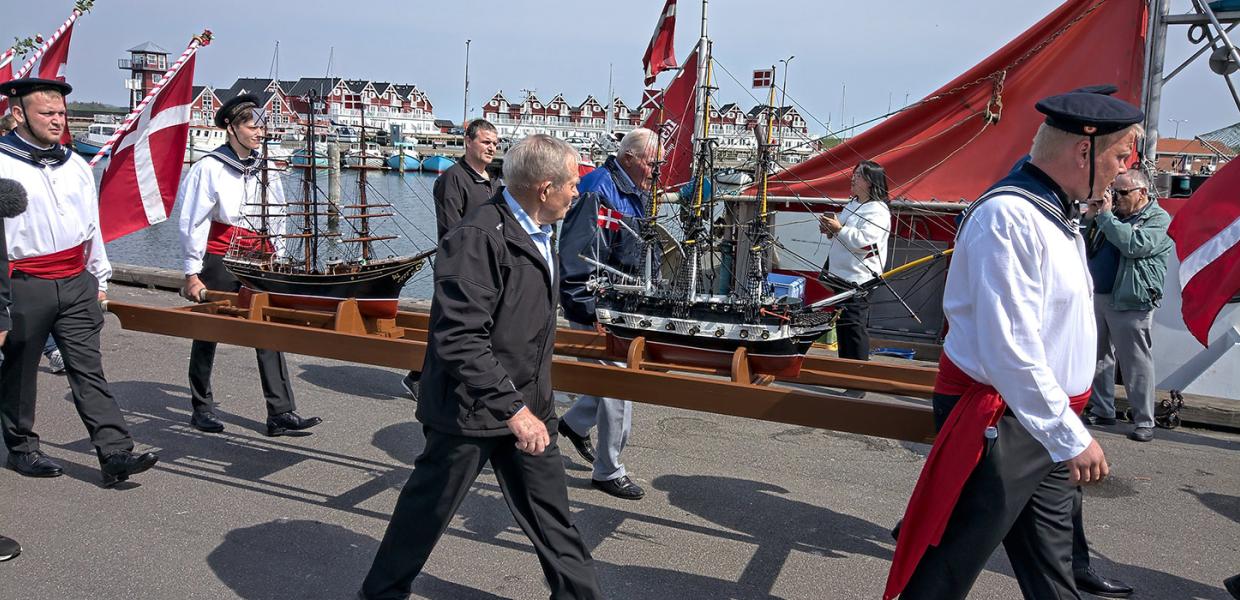
Photo:VisitLangeland
"Shipparty" in Bagenkop and Magleby
South Langeland has a special tradition linked to the two church ships in Bagenkop and Magleby Church. Every seven years at the end of March, a maritime ceremony with roots dating back to the 1800s, the so-called skibefest is held.
The church ships are taken down from their mountings and given a thorough restoration, after which the newly refurbished model ships are carried in procession back to the churches by four young local fishermen dressed as sailors. In Magleby, the procession traditionally stops at Broløkke Manor to show off the restored ship before it is hung back up under the church ceiling.
Last held in 2019, the Skibefesten symbolises the unity between the fishing community and other residents of the parish and celebrates the shared cultural heritage. Every seven years, the ritual is repeated, keeping this unique tradition close to Easter alive on Langeland.
Art and culture at Easter
Since 2018, Easter on Langeland has also been synonymous with art and culture, when the island's artists open their doors and invite you into their studios and workshops.
‘Easter Traditions on the Danish Islands’ is part of the island co-operation “Joint efforts for seasonal expansion on Læsø, Ærø, Langeland and Samsø” which is co-financed by the European Union.
